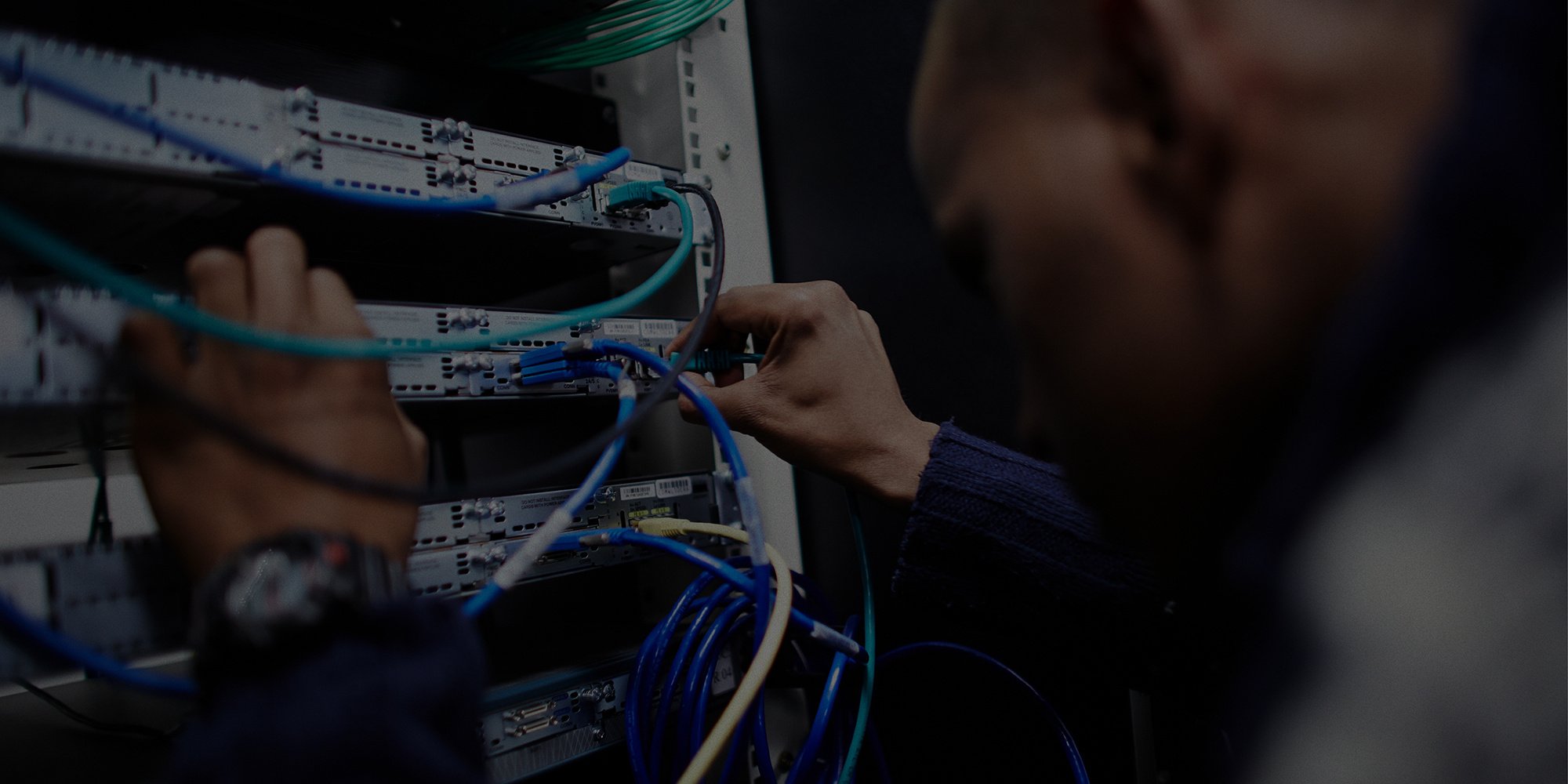The New Rules of IT Leadership

While the world of technology is evolving at a revolutionary rate, many leaders in technology remain playing by outdated rules. The days of IT leaders mindlessly complying with the orders of business executives are gone — so are the days of the IT department giving orders that everyone in the company is compelled to follow. As technology continues to advance, companies and businesses no longer have the luxury of time to introduce expensive new IT projects. Rather, employees and clients expect constant delivery of upgrades and advances. Organizations no longer have a choice between innovation or security — both are absolutely essential.
Modern IT leaders are essential in helping companies determine the best choice from an ever-growing and evolving catalog of tools and services, while simultaneously advising through technology transformations. As businesses become more dependent on data and technological programs to remain competitive, leaders in technology will have more power and responsibility than ever before.
As the old rules of IT become increasingly irrelevant, these four modern tips will ensure your company’s continued success.
USERS NOW MAKE THE RULES
From establishing policies to enforcing standards, the IT department has previously made and established the rules. However, guided by the IT leader’s advice, the users now make the rules. In the past, IT leaders determined which programs the business would support and who had access to them. However, now IT leaders are tasked with discovering programs to fit the desires of the business. As the role of the CIO shifts from enforcer to curator, it’s essential to find technological solutions that accommodate the entire company’s needs.
KEEP THE DATA FLOWING
While the main task of IT leadership previously had been mundane, such as managing data quality and administering access rights, it now involves integrating data across multiple applications. As IT leaders manage master data and enforce cybersecurity safeguards, they’ll introduce a more competitive era of business with automotive processes and reduction of user friction.
Although every company has data, how the data is used can drastically set an enterprise apart from the competition. In particular, IT leaders have the unique positioning to interpret data and determine how to take advantage of it. As IT leaders and CIOs have a vast understanding of what data the organization collects, they should be able to provide keen insight into the best way to employ the data. An organization will especially thrive if the IT leadership is able to communicate the actions the company needs to take based on data interpretation.
ALTER PROGRAMS UNTIL THEY'RE RIGHT
IT leadership had previously maintained the mindset of not releasing a new program until it’s ready. However, the new rules require continuous delivery and iteration. Instead of implementing a program and walking away, regardless of the program’s capability, IT leaders are now expected to work on the particular implementation until it perfectly fits the company’s needs.
This new standard is in line with the overall increased expectation for CIOs to work along with CEOs to foster a culture of innovation and transformation within an organization. The previously held prioritization of perfection has been replaced by speed and the willingness to take risks.
TRUST NO ONE
In terms of data privacy, the leaders of IT were previously concerned with preventing outsiders from gaining access to crucial data. However, with the influx of cloud-based services along with the general acceptance of granting employees remote access, the security model for enterprises has completely changed in the last five years.
IT leaders no longer have the luxury of assuming that employees can be trusted. As major data breaches seem to be a daily occurrence now — all employees, from intern to CEO — can no longer be assumed innocent. Now it’s essential to have a secure zero-trust network — anyone attempting to gain access must be authenticated and authorized, regardless of their position within the organization. As the accessibility of technology continues to advance, CIOs need to be more involved with network security than ever before.
As technology continues to evolve at an revolutionary rate, it’s more essential than ever before for IT leaders to balance the compliance and security needs of a company with the needs and desires of the end-user. The modern CIO can no longer only focus on the implementation of new programs — they also need to understand how to accommodate others, interpret data and implement the findings, as well as keep the enterprise secure. IT leaders now need to be a part of conversations and play a role in the decision-making process that they may not have been included in the past.
Related news
4 Examples of Companies Staying Ahead of the Curve
In an era of fast technological innovation, companies are realizing the importance of staying...
How to Buy a Smarter IT Maintenance Contract
When it comes to the equipment that runs your business, it’s vital that it performs at the highest...
TSP INTRODUCES NEW SENIOR LEADERSHIP TEAM – NEWLY APPOINTED CEO RESTRUCTURES ORGANIZATION AND PROMOTES FROM WITHIN
TSP (Technology Service Professionals), a privately held IT services company, announces that newly...






